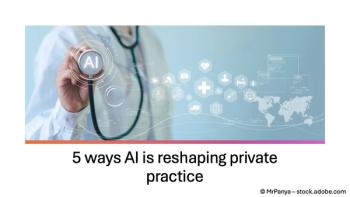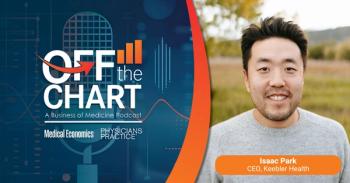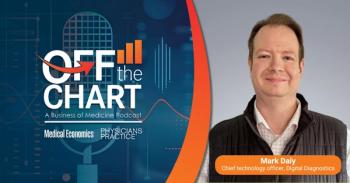
Enhancing Physician Engagement, Collaboration via Health IT Tools
Texas Health Resources has used an innovative series of health IT tools to engage their large base of independent physicians and encourage greater collaboration online.
If you think it is hard to get your patients to embrace mobile technologies or even the handful of physicians in your office to talk offline, imagine trying to find a solution to connect 5,500 physicians spread across the state of Texas.
That was the dilemma for Texas Health Resources, a 25-hospital system in North Texas trying to enhance engagement and collaboration among its physician population, a large percentage of which are in independent practices and not always at the hospital themselves.
"With a big base of non-employed physicians, we have to engage them first," said practicing emergency physician Luis Saldana, associate chief medical officer at Texas Health Resources. "…If you don't, they can't engage patients on their own."
Saldana and physician Ferdinand Velasco, vice president and CMIO for the hospital system, shared their engagement strategies with attendees of the HIMSS13 Conference in New Orleans. The pair discussed the years of work Texas Health Resources has spent to take a complex organization of physicians, geographically dispersed around the state, to increase collaboration and ultimately, patient care.
With an EHR in place dating back nearly a decade, Texas Health Resources still needed a way to get user
(i.e. physician) feedback on the system, its use, possible upgrades, etc. One way was through an online voting tool where its Physician Advisory Council (comprised of at least one physician from each specialty) weighed in on changes to the system and a similar "EHR Optimization Request Tool" where physicians pitched their ideas to improve patient care and those ideas were subsequently vetted and rated by colleagues.
But perhaps the biggest and most inclusive tool for the hospital system is the use of the enterprise social network Yammer, combining elements of Twitter and Facebook in an internal system for physicians and employees to talk, share ideas, and communicate outside the confines of a hospital.
Velasco displayed several elements of the system to attendees, including document sharing, conversations, and even crowdsourcing on various medical topics. He displayed a technical question from a hospitalist in one area of the state, answered by a family physician in another part of the state.
The key, Velasco noted, is that you have two physicians, miles away, who would likely never communicate in the same physical space, sharing knowledge and resources via Yammer. This in turn spurs conversation, questions, and more interaction among the other physicians in the system.
Similar to the use of social media, the hospital system also has a policy for Yammer: no protected health information shared over the system, even though it is internal and requires authentication of the user.
"We don't want people to get confused between our internal and external [systems]," he said. "That's why we are consistent and universal."
And also like social media, the hospital system had to overcome issues like getting everyone on-board for its use and dispel rumors and misconceptions about "not having enough time" to use the system or even the desire to participate.
"You can't just throw something up there and expect people to use it," Velasco said. "You need to encourage it." He added that there was a lot of modeling of the system, encouraging the sharing of medical articles and even "calling out" colleagues who might have a particular opinion on its findings, spurring conversation and give-and-take.
Saldana added that upper management of Texas Health Resources has also been very active in using the system, further modeling its use.
"It's important to have your leadership modeling [these systems]," he said. "It grows from there."
Newsletter
Optimize your practice with the Physicians Practice newsletter, offering management pearls, leadership tips, and business strategies tailored for practice administrators and physicians of any specialty.











